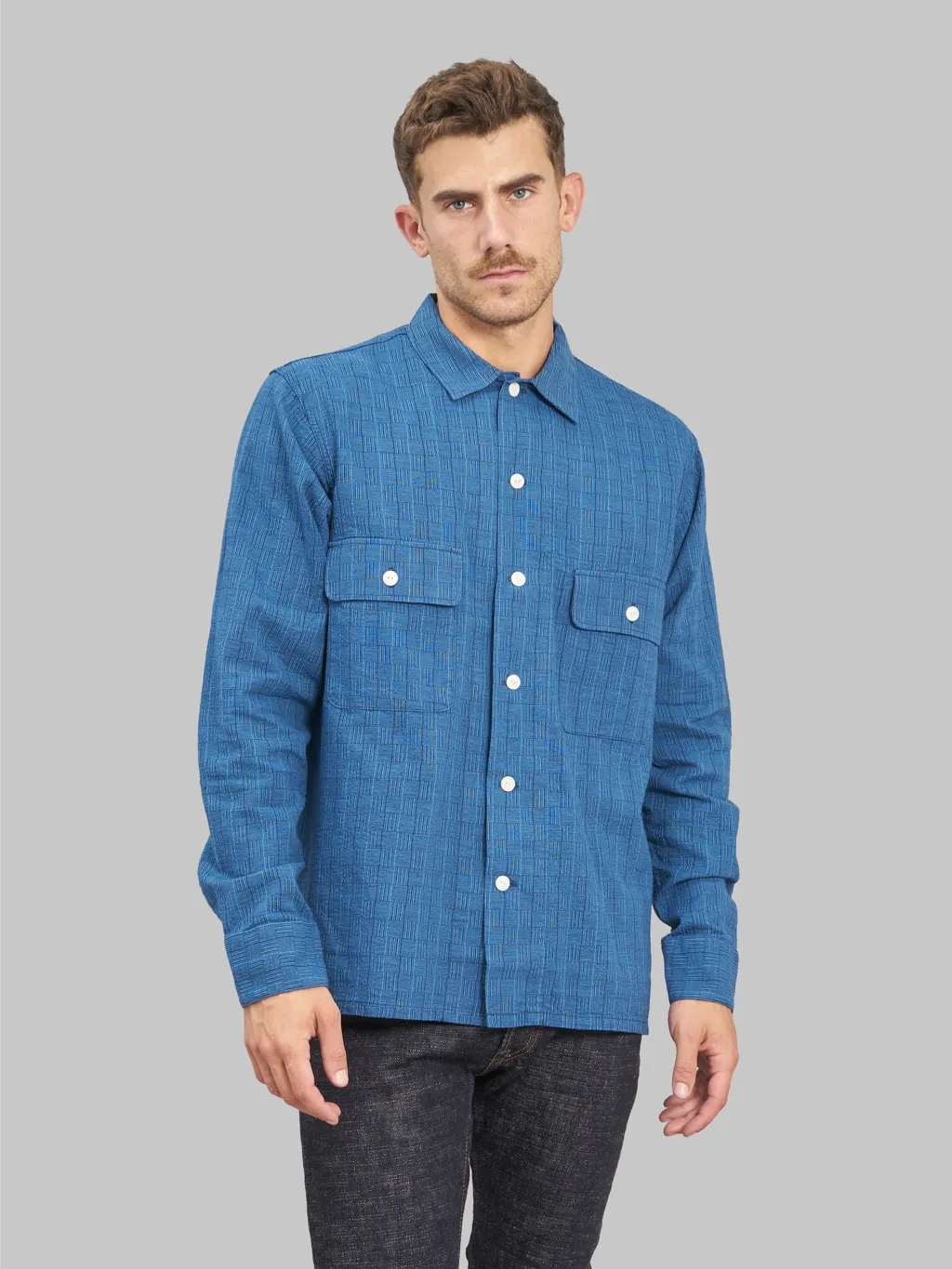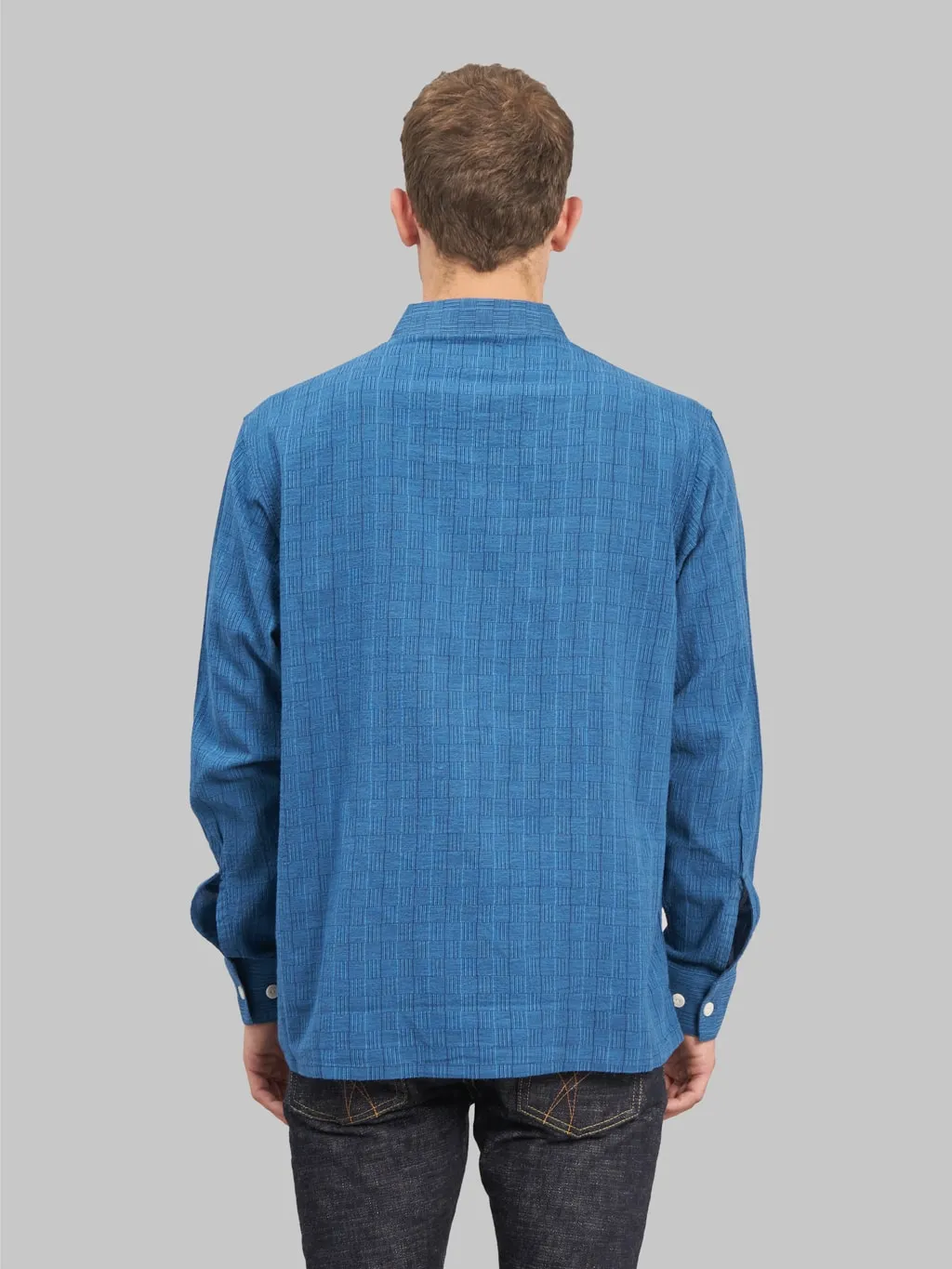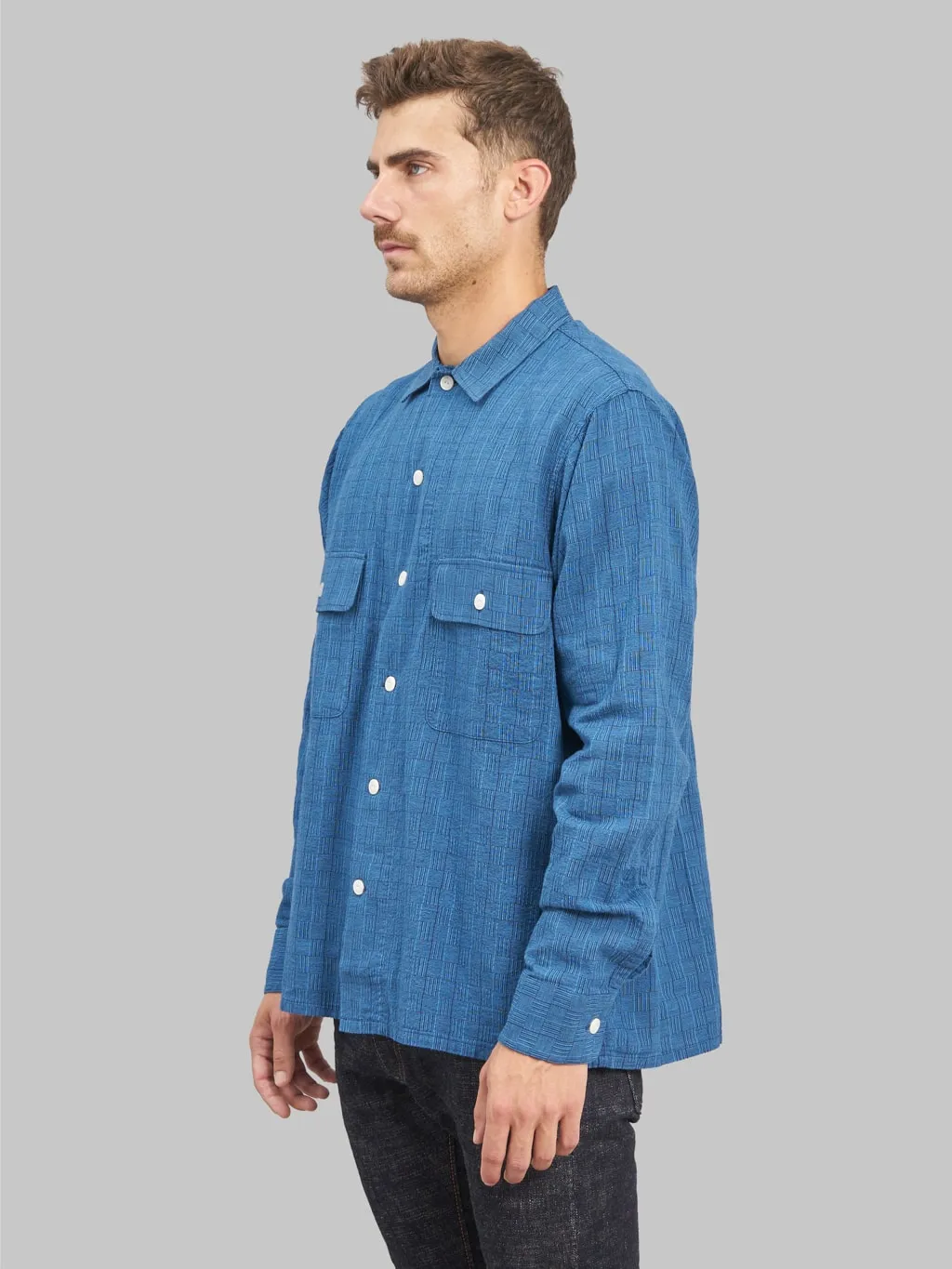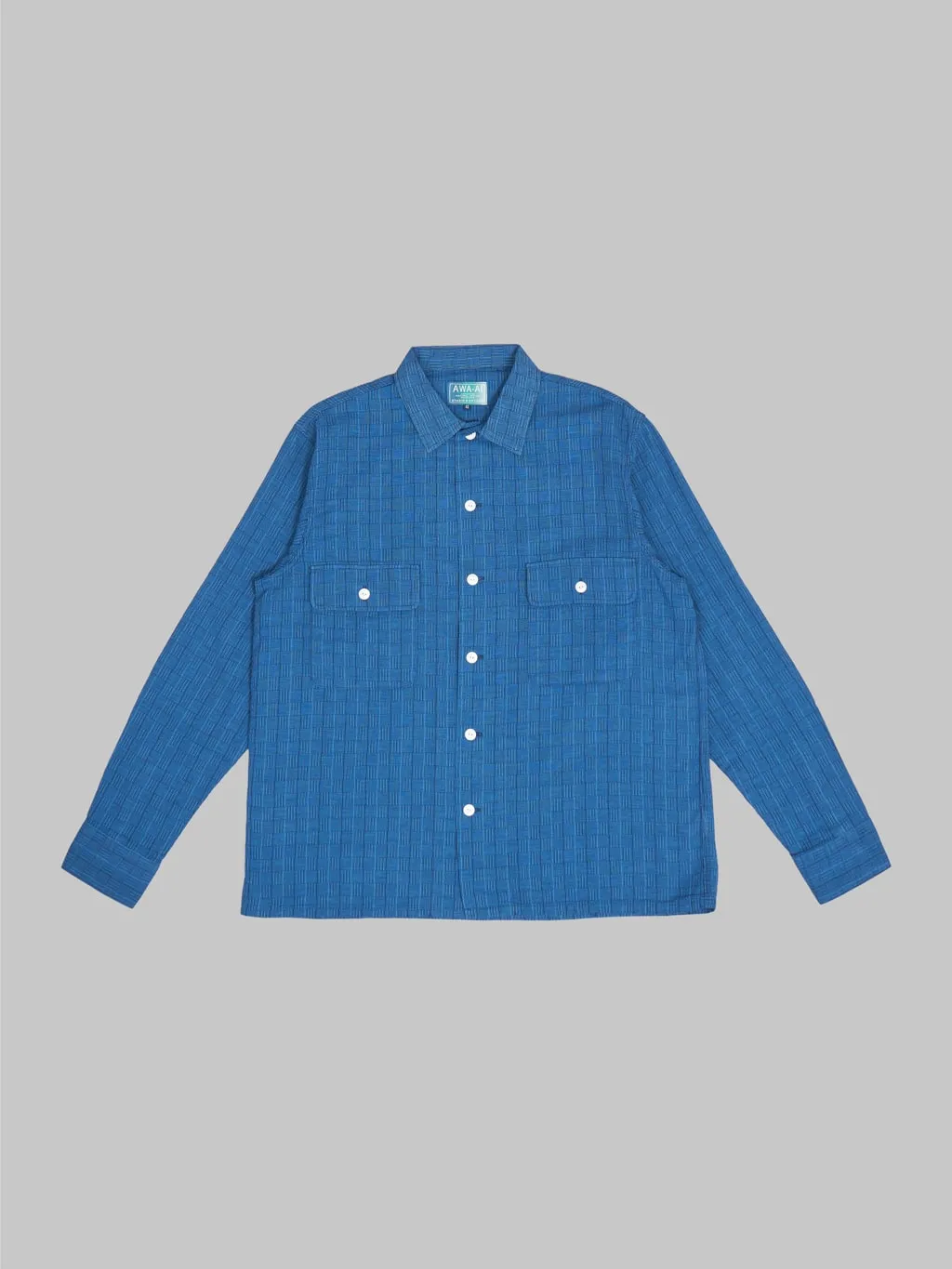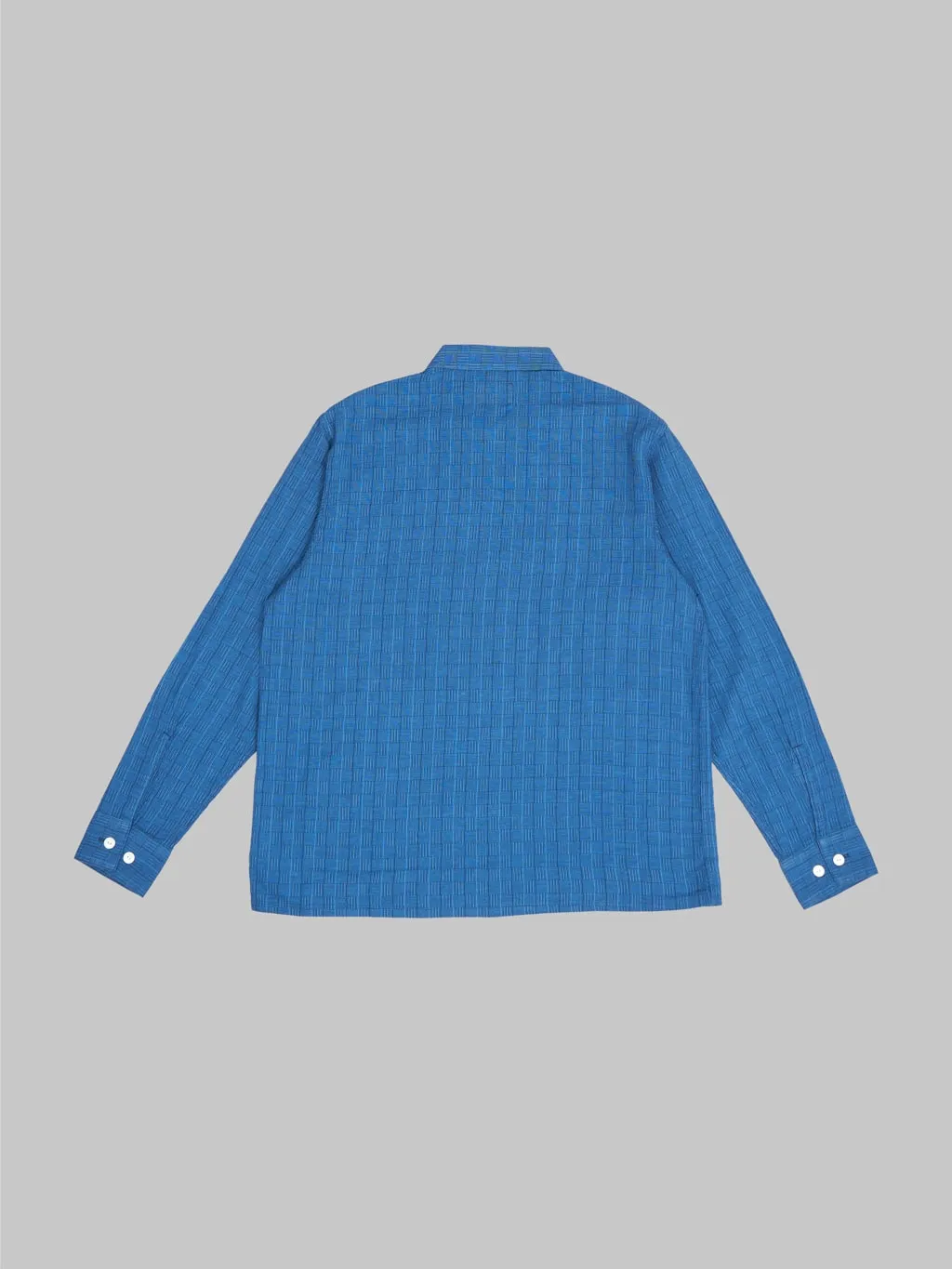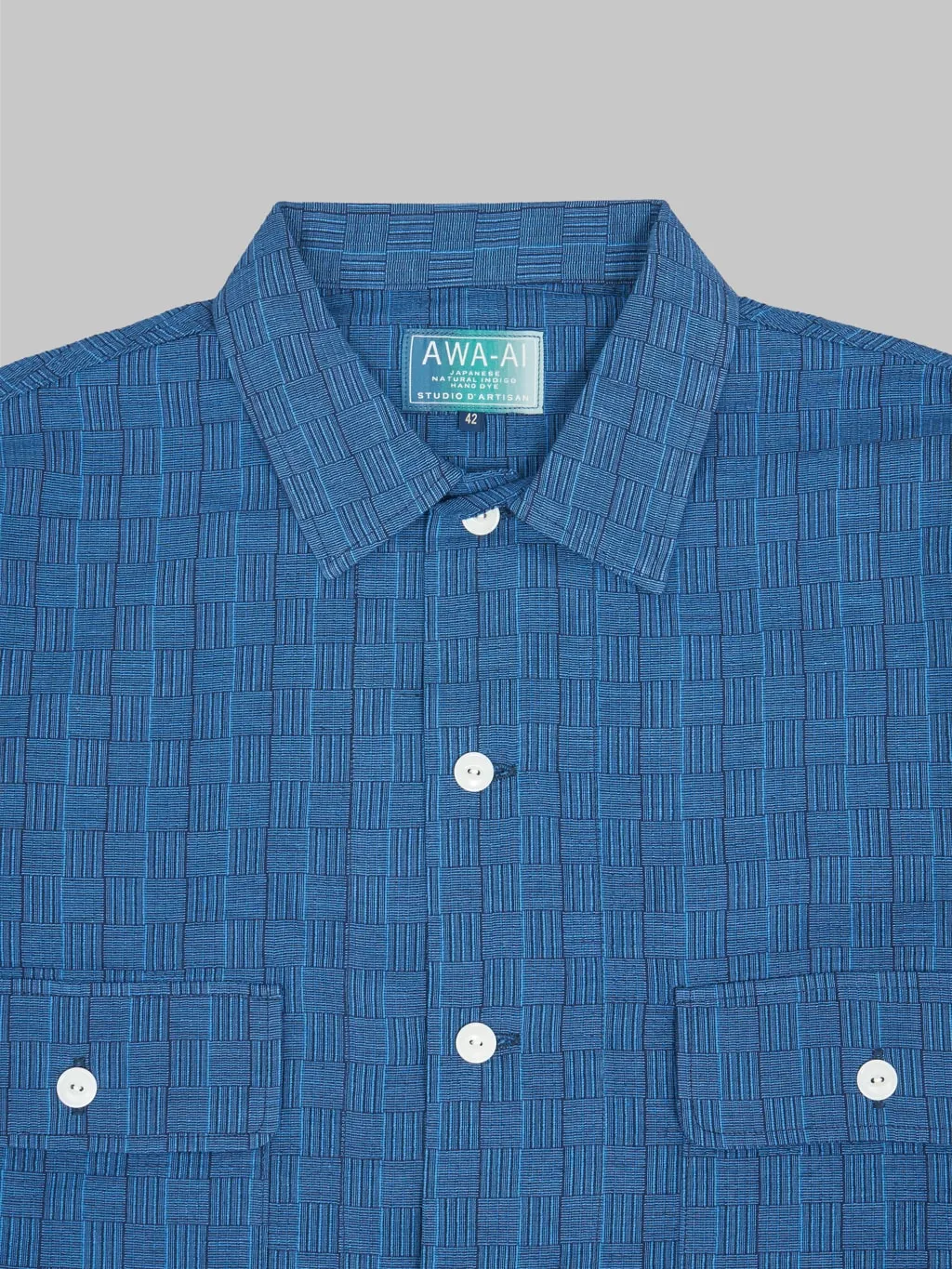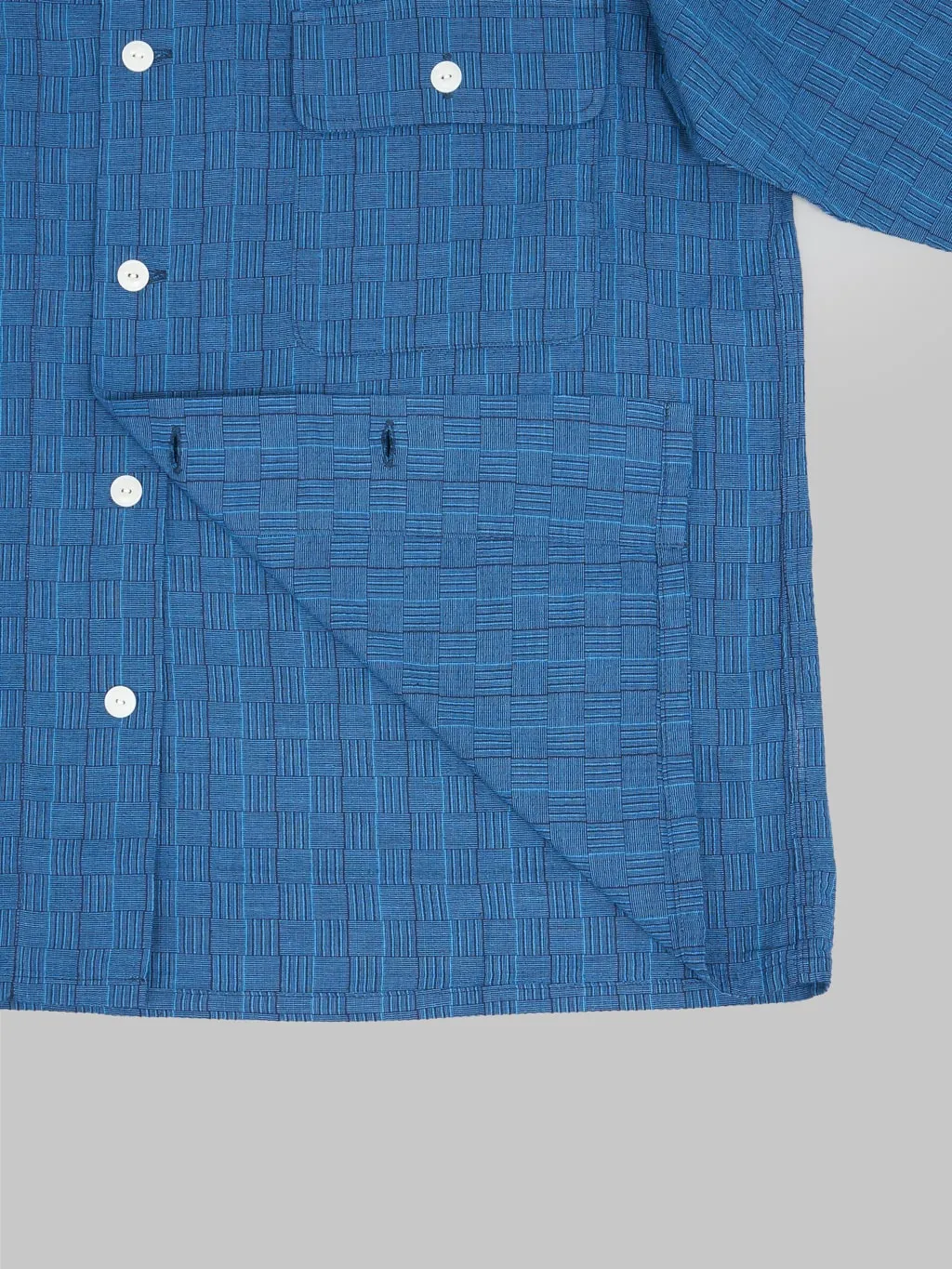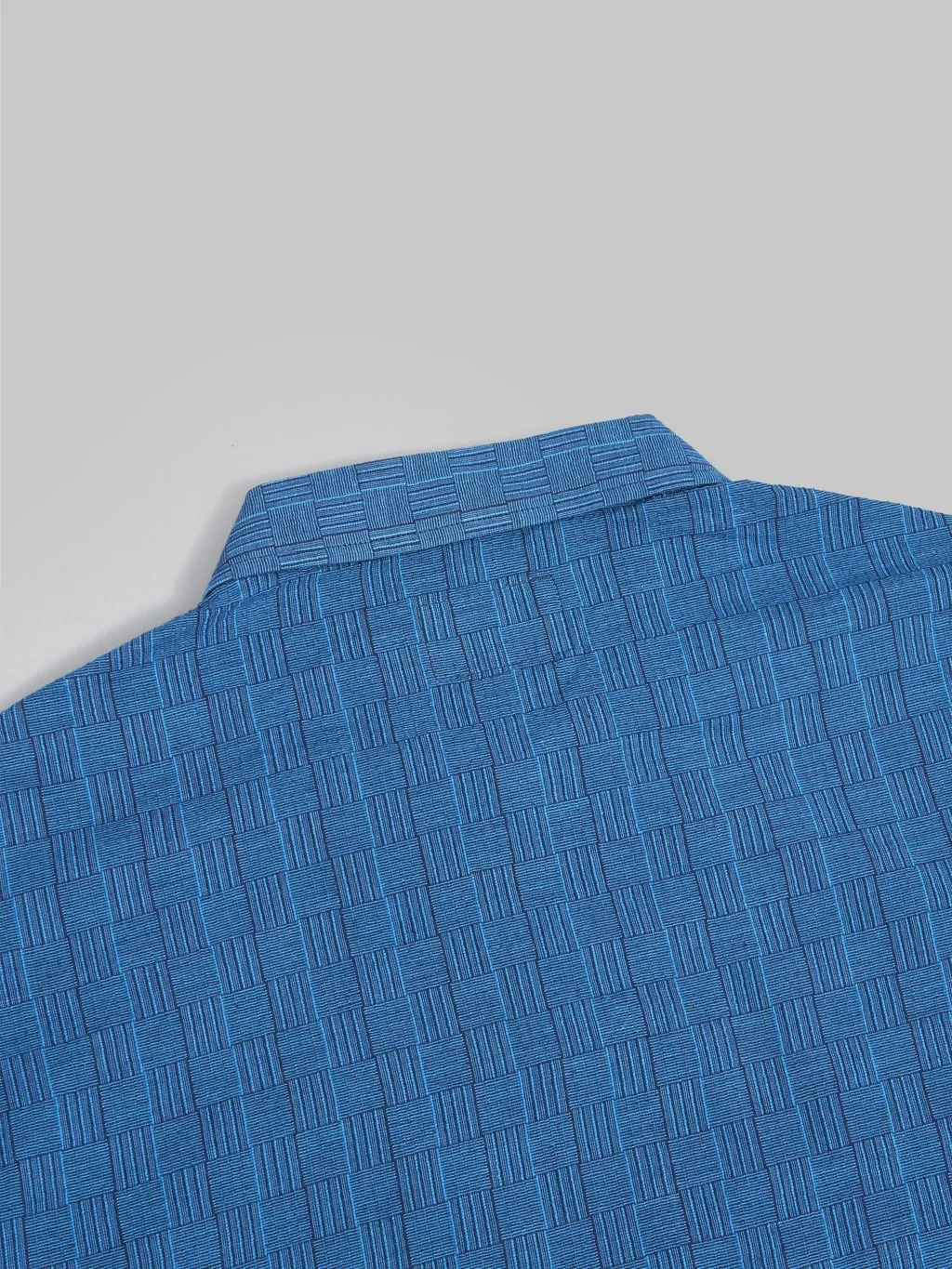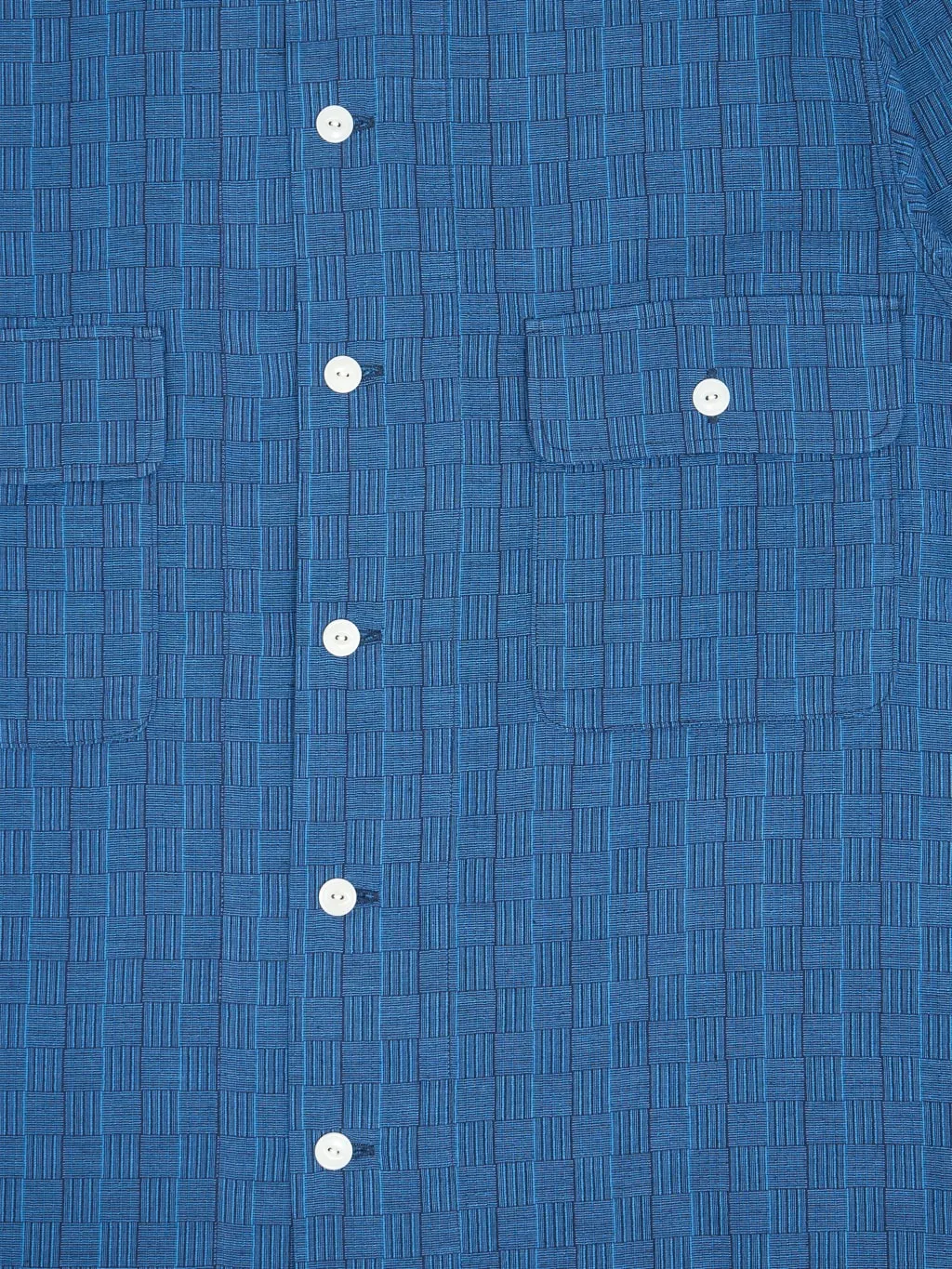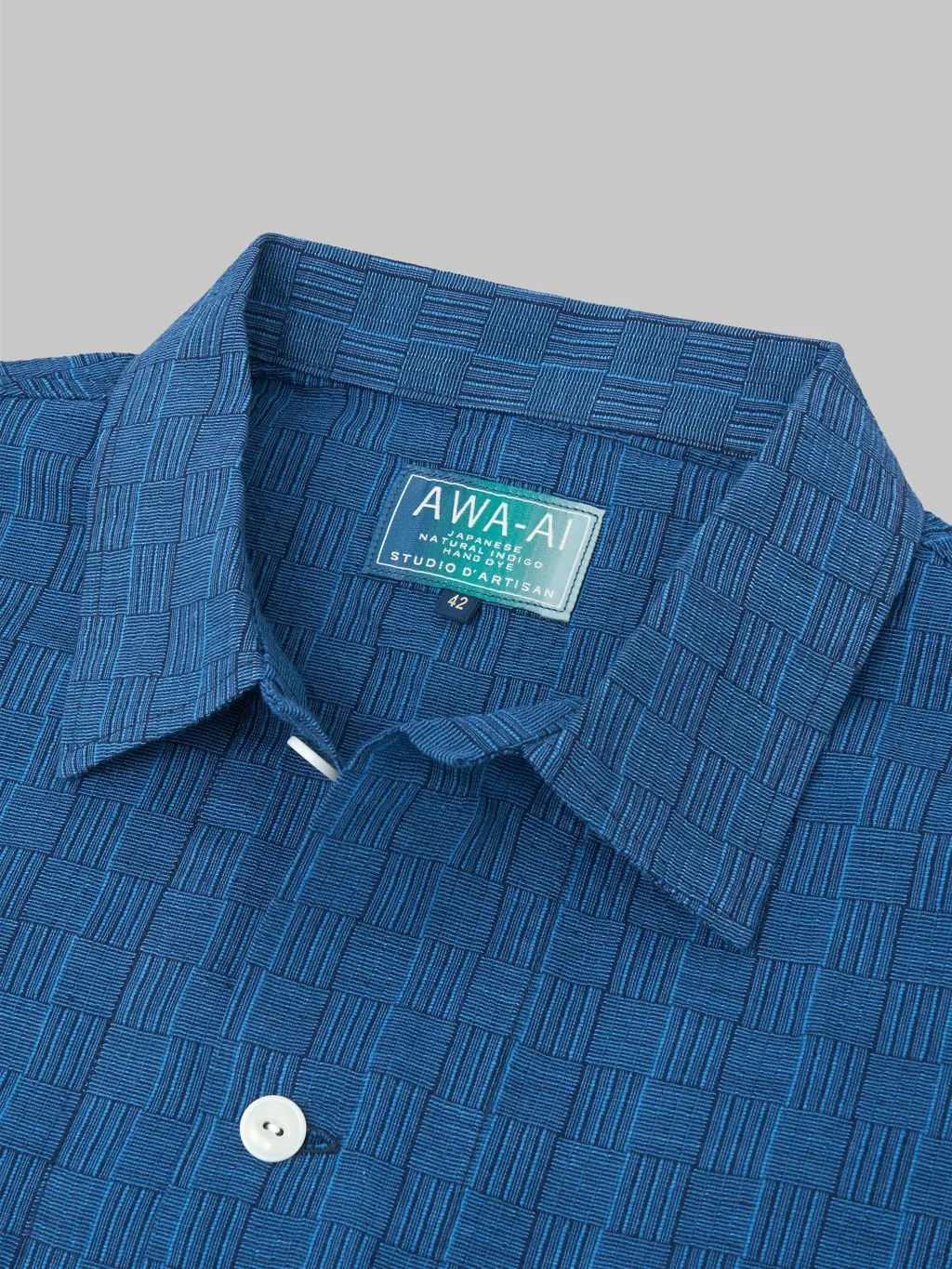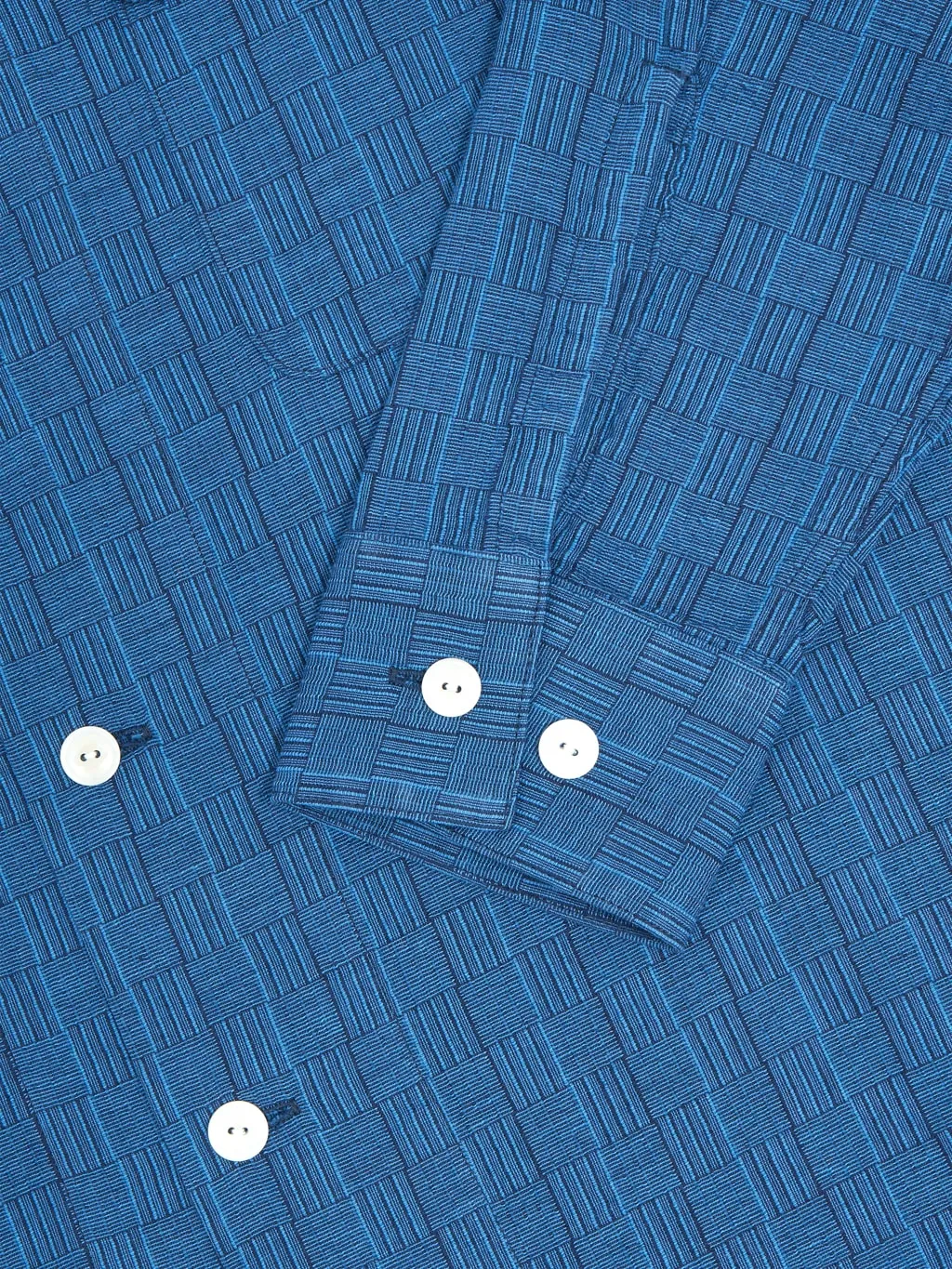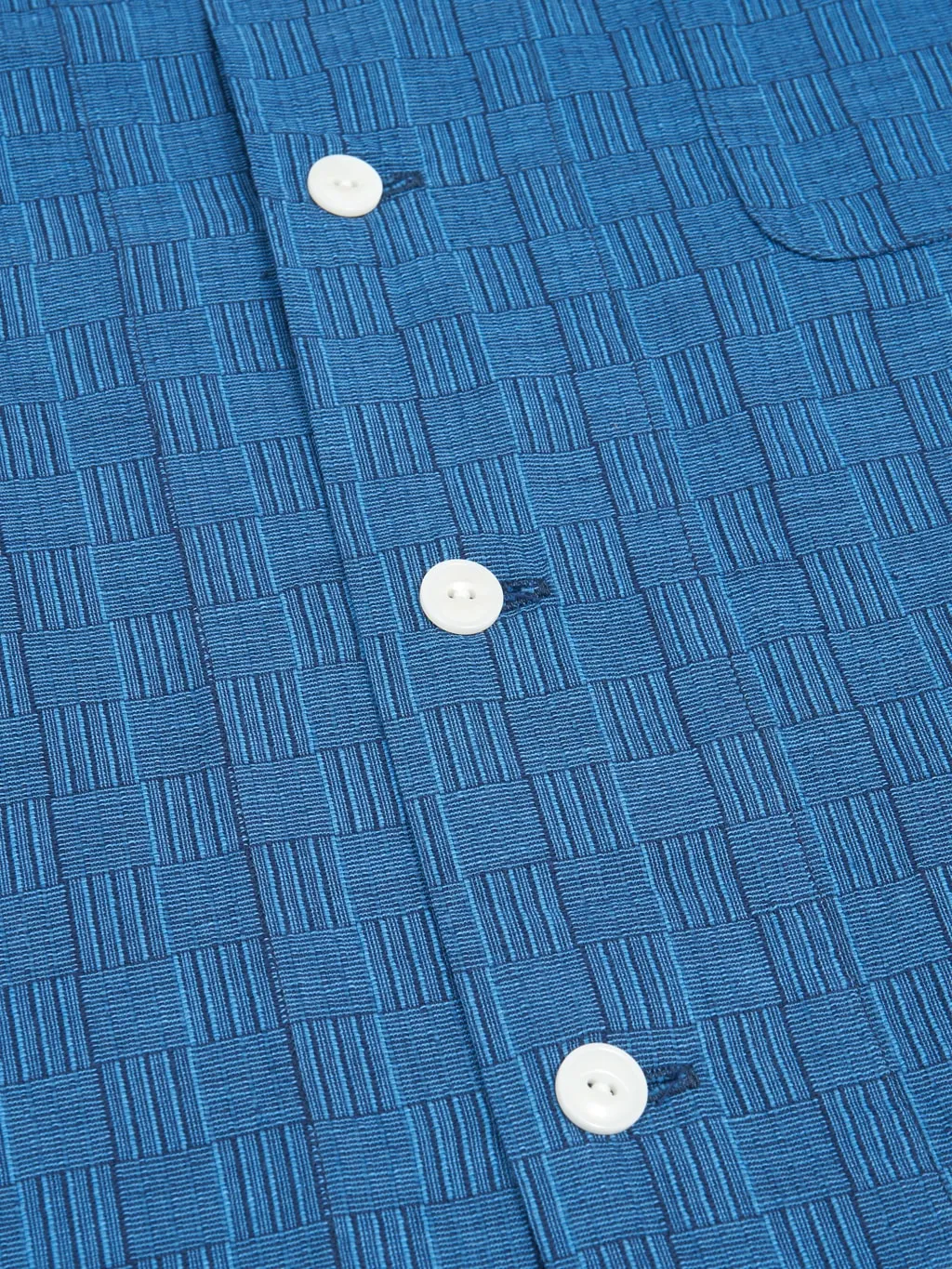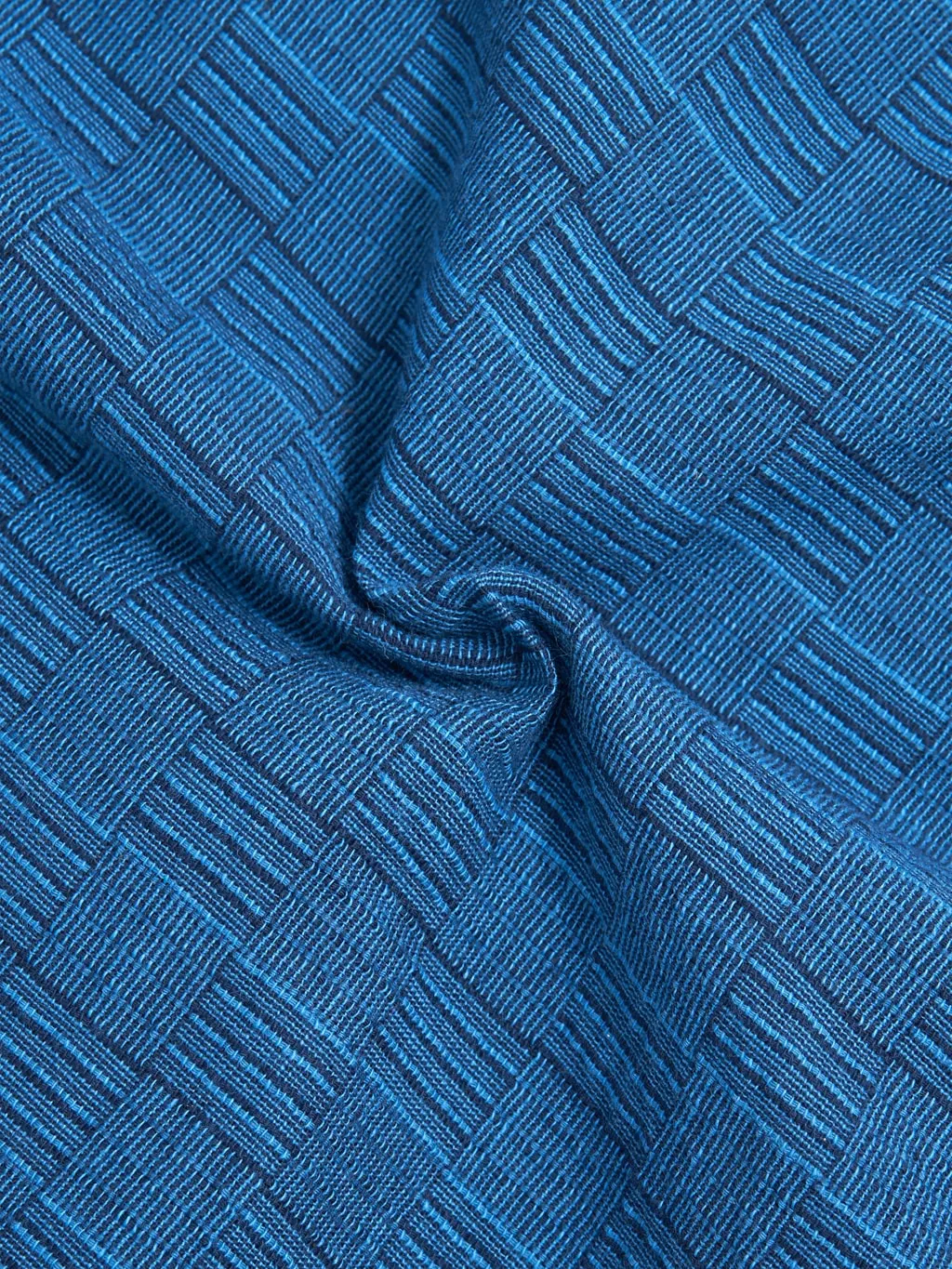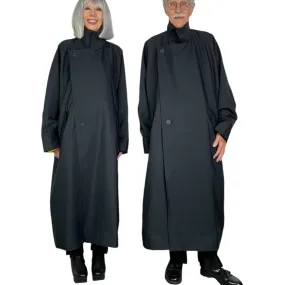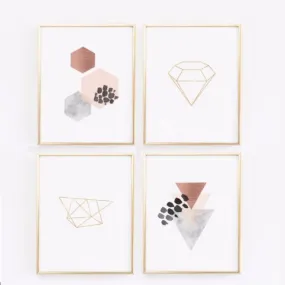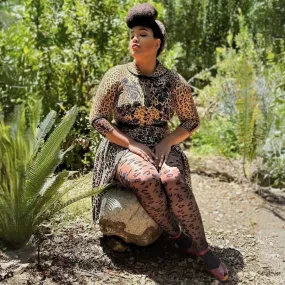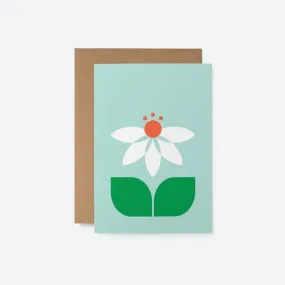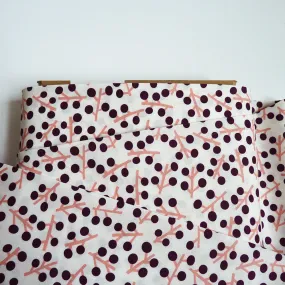We're thrilled to introduce the new "AWA-AI" capsule collection from Studio D'artisan. This collection features some of the most unique natural indigo hand-dyed pieces we have ever seen. This exquisite shirt is meticulously dyed with Awa-ai, an indigo dyeing technique handed down through centuries, and woven with Shijira-ori, a traditional textile technique from the Awa region. Shijira-ori originated from a cotton stripe fabric called Tatae-ori, which is said to have been created when the fabric was accidentally left out in a sudden rain and dried, resulting in shrinkage. The distinctive feature of Awa Shijira-ori is its unique texture known as "shibo," characterized by a series of small, uneven bumps. This texture is produced by the tension differences between the warp and weft threads during weaving.
The shibo texture gives the fabric a pleasant touch, making it light, comfortable to wear, and resistant to sticking to the skin even when sweaty. In July 1978, Awa Shijira-ori, dyed with natural Awa dyes, was designated as a traditional craft by the Minister of Economy, Trade, and Industry under the name Awa Shoai Shijira-ori.
Each unit undergoes a meticulous hand-dying process, making every flannel a one-of-a-kind masterpiece. Influenced by the interplay of sunlight and humidity, some units emerge slightly darker, while others boast a lighter hue, imparting an individual charm to each garment.
Indigo is said to be the oldest dye used by humans worldwide. It was introduced to Japan around 1500 years ago. It was considered a noble color predominantly worn by courts and upper aristocrats during the Heian period. It was during the Edo period that indigo spread among the common people, and it is said that kimonos, work clothes, shop curtains, and even bedclothes were dyed in indigo. Being loved by the Japanese as an auspicious color, indigo was the symbolic color of Japan during the Meiji era, referred to as "Japan Blue" in other countries. Studio D'Artisan has created a new "JAPAN INDIGO" in which the beloved indigo dyeing and indigo Kasuri techniques, using Japanese methods, are incorporated into a modern style with the skills and knowledge of craftsmen.
Indigo dyeing in Tokushima is said to have been introduced to Japan around 900 AD by the lord of Awa, Hachisuka, who recognized that the climate along the Yoshino River was suitable for indigo cultivation. The technique used in indigo dyeing in Tokushima is called "fermentation," with Awa indigo as a raw material. Since it cannot be dyed to a dark shade all at once, the process of dyeing, squeezing, and drying is repeated many times. It is said that the authentic color achieved through the Awa Shoai dyeing technique (hank dyeing) is obtained after washing with water about 30 times, during which the uneven color is washed off until a deep shade is achieved. Also, the unique scent with an insect repellent effect contributes to the atmosphere with seasonal transitions, giving the wearer peace of mind. In 1968, the "Awa Shoai dyeing technique" was designated as an intangible cultural property of Tokushima, and it is still preserved today.
This shirt is expensive, but the Japanese method of creating indigo dye is labor-intensive and incredibly time-consuming. Leaves are carefully gathered from the indigo plant and placed under thick straw mats for months on end. To ensure the leaves ferment properly, very specific conditions must be consistently maintained. Workers must perform daily maintenance to ensure that the leaves have proper airflow and stay at a temperature around 60 degrees Fahrenheit.
From picking the leaves to completion, the entire fermentation process takes approximately one full year. Finally, after months of patience and dedicated work, the final result is something that resembles dirt, but with a pungent, vinegary aroma. This product, known as "sukumo," serves as the basis for indigo dye.
Just as the indigo dyers of hundreds of years ago, the "Awa Shoai" dyeing is a manual process, done on hands and knees while leaning over a large metal vat of inky blue indigo dye. The shade of blue after one dip will be very light, and the dipping process must be repeated multiple times to achieve darker colors.
Awa Shoai process:
- Grow Ai (藍 in Japanese, which is Natural indigo) leaves from March to July/August and cut the leaves in summer.
- The cut leaves are fermented for 100 days to make Natural indigo dye.
- Hank dye the yarns by very skilled craftsmen in Tokushima. Dyeing process: dip, squeeze, and wash the bunch of yarns – repeating this process about 12-14 times to achieve the dark color. Washing with water about 30 times.
Fit Notes: Despite being a Japanese garment, we find the sizing of SDA shirts to be more Western than Japanese. If you usually wear a size M in American shirts, you'll find a suitable fit with this shirt in size M. However, as always, we recommend consulting our size chart for the perfect fit.




